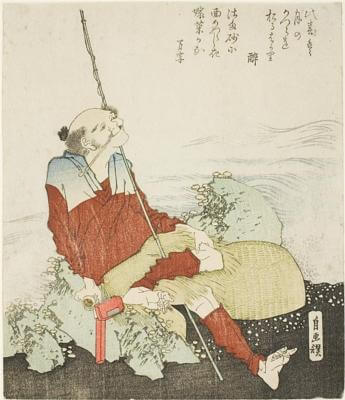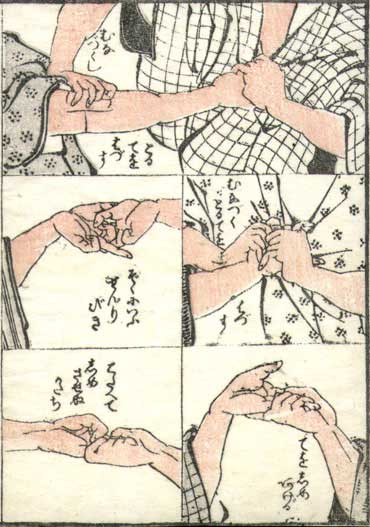
On July 8, 1853, American Commodore Matthew Perry entered the waters of what is now Tokyo Bay, Japan, with four armed steamships. Perry’s show of military strength forced Japan to open its ports to trade with the West for the first time in more than 200 years.
Actually, Japan was not entirely isolated before Perry steamed into Tokyo Bay. Under a policy called sakoku, trade was simply extremely limited. China, the Netherlands, Korea, the island kingdom of Ryukyu, and the Ainu people could each trade with a single Japanese port. Japan strictly forbid any trade with the U.S.
Perry and his so-called “Black Ships” are usually regarded as an example of “gunboat diplomacy”—the pursuit of foreign policy with the threat of navalpower. The Japanese were not familiar with steamships and, according to some accounts, thought the Black Ships were “giant dragons puffing smoke.” The heavily armed ships intimidated the inferior Japanese military and allowed Perry to demand to meet with government officials. He brought gifts for the emperor, including a working model of a steam train, a telescope, and a telegraph.
Today, Black Ship festivals in both Japan and the United States celebrate the opening of Japan to the West.
Katsushika Hokusai was a brilliant artist, ukiyo-e painter and print maker, best known for his wood block print series Thirty-Six Views of Mount Fuji, which contain the prints The Great Wave and Fuji in Clear Weather. These prints are famous both in Japan and overseas, and have left a lasting image in the worldwide art world.
Hokusai began painting at the age of six, and by 18 he had been accepted into the Katsukawa Shunsho school, in which he specialized in wood-block prints and painting. After Shunsho’s death, Hokusai was expelled from the school by a rival, a humiliating experience which he later credited to his created development and artistic growth. He began painting landscapes and images of daily life. He eventually broke from all other schools of painting and began teaching other students, over fifty in his lifetime.
At the age of 88, on his deathbed, it is said that he exclaimed that he needed only five more years of life, in order to become a real painter.

Katsushika Hokusai est un nom japonais traditionnel ; le nom de famille (ou le nom d’école) précède donc le prénom (ou le nom d’artiste).

Katsushika Hokusai (葛飾 北斎?), né le premier jour du cycle sexagésimal du neuvième mois de l’année métal-aîné-dragon de l’ère Hōreki — probablement le 31 octobre 1760 à Edo (actuel Tokyo) — et mort au matin du dix-huitième jour du quatrième mois de l’ère Kaei, an II — probablement le 10 mai 1849 dans la même ville —, est un peintre, dessinateur spécialiste de l’ukiyo-e, graveur et auteur d’écrits populaires japonais surtout connu sous le nom de Hokusai (北斎?), ou de son surnom de « Vieux Fou de dessin ». Son œuvre influença de nombreux artistes européens, en particulier Gauguin, Vincent van Gogh, Claude Monet et Alfred Sisley, voire le mouvement artistique appelé japonisme. Il signa parfois ses travaux, à partir de 1800, par la formule Gakyōjin, « le Fou de dessin ». En 1814, il publie son Manga regroupant croquis et dessins. Les Trente-six vues du mont Fuji (1831-1833) comptant en réalité 46 estampes et La Grande Vague de Kanagawa (1831) sont ses œuvres les plus connues. La couverture de la partition de La Mer (1905) de Claude Debussy reproduit notamment la Vague de Hokusai. Le peintre japonais laisse derrière lui près de 30 000 dessins.




